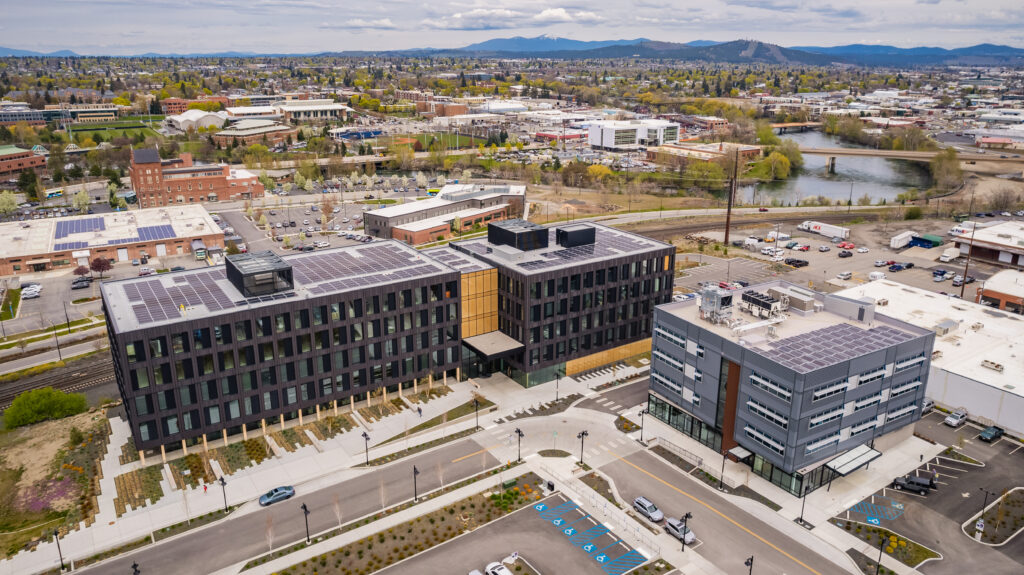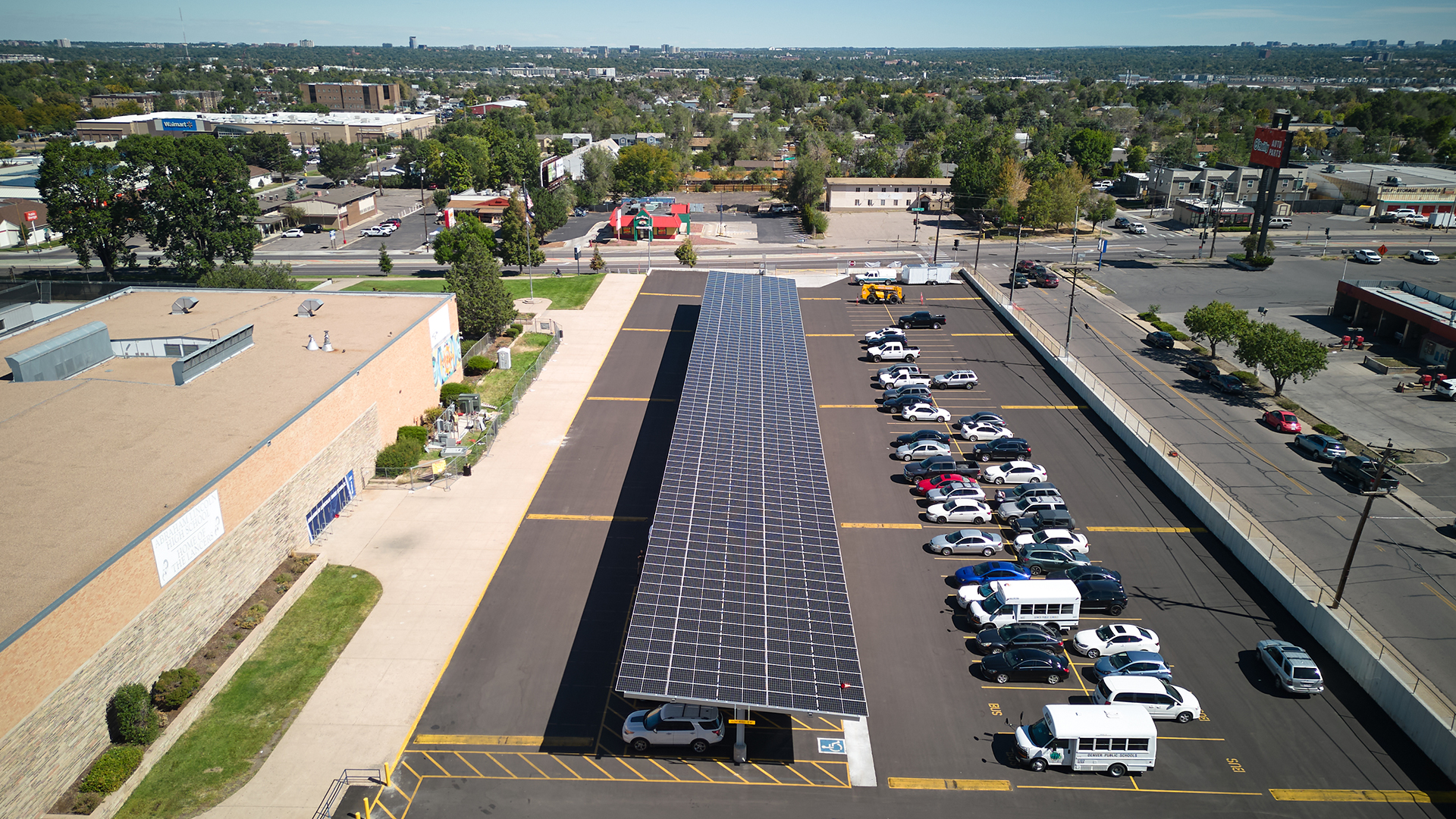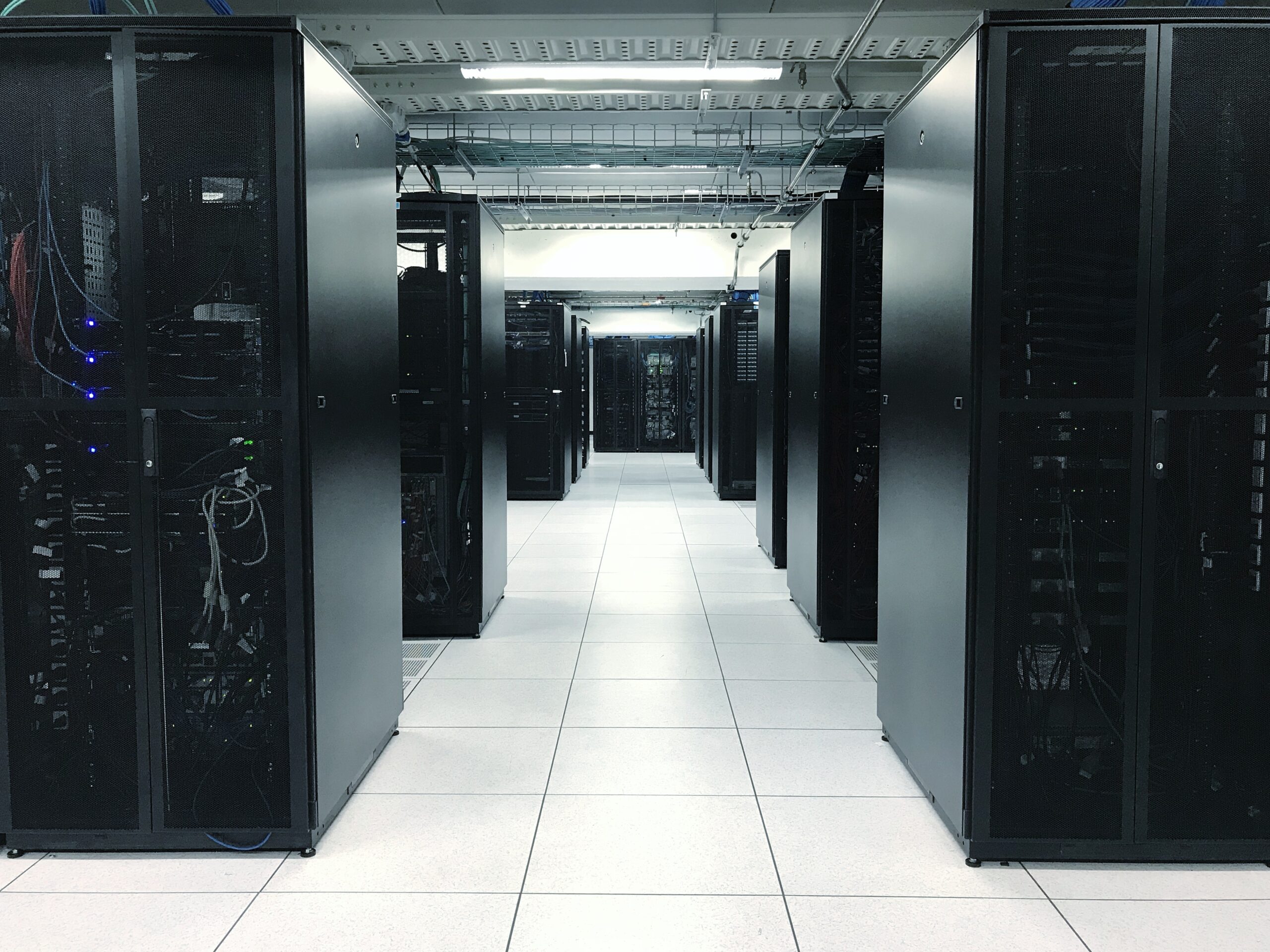- All Posts
- Industry Ecosystems Are Changing the Construction World
Industry Ecosystems Are Changing the Construction World
By Donald Chung, Program Director, Dawson Ventures
Innovation Is Set To Transform the Construction Sector
Innovation requires collaborative efforts and significant resources to achieve substantial change in any sector. Innovation ecosystems—networks of organizations, individuals and resources collaborating toward shared goals—help drive new solution development and facilitate their broad adoption. Understanding what drives ecosystems to thrive is key, especially as the traditionally conservative construction industry increasingly relies on innovation to boost productivity, sustainability and affordability.
Defining an Industry Ecosystem
An industry ecosystem can be described as a dynamic and interconnected network where corporations, startups, research institutions, investors and governing bodies work together to fuel innovation. In the construction sector, this collaboration fosters the development of new ideas and technologies and facilitates bringing them to market. These ecosystems serve as a fertile ground for cultivating the next generation of solutions that will push the industry forward.
Benefits of Ecosystem Participation
For businesses, participating in an industry ecosystem offers numerous advantages. First, it keeps them connected to the most recent advances in technology and practices within their field. This connection is vital for staying competitive and building relationships with top talent and industry experts. Second, ecosystems improve a business’ ability to be agile and resilient. By being embedded in their ecosystem, companies can monitor potential market shifts and challenges, allowing them to anticipate change rather than react to it. This foresight strengthens their ability to adapt and stay relevant in a dynamic marketplace. Lastly, being a part of an innovation ecosystem enables companies to implement the technologies and practices that make the most sense for their operations. In doing so, they can differentiate themselves from competitors, driving both short-term and long-term success.

the future of the South Landing campus with sustainable thermal and electrical storage solutions.
McKinstry’s Role in the Innovation Ecosystem
McKinstry contributes to the built environment’s innovation ecosystem in several ways. It serves as a venture customer and pilot user, testing new innovations and providing real-world feedback to improve them. McKinstry also collaborates as a strategic partner, offering market access and expertise to help startups and innovators refine their solutions. Through its partnership with Dawson Ventures, McKinstry supports the development and scaling of new ideas that advance the built environment.
Dawson Ventures was established to help McKinstry engage more deeply with the broader innovation community without detracting from its focus on clients and their projects. It enables McKinstry to stay connected to new developments in the ecosystem while remaining dedicated to core business operations. Dawson Ventures identifies and evaluates solutions to company-wide challenges, nurtures internal innovations, and fosters partnerships across the ecosystem. This approach ensures McKinstry is both a consumer and contributor to innovation, driving the creation of new businesses and solutions.
Signs of a Thriving Ecosystem and a Collaborative Future
A thriving innovation ecosystem fosters meaningful collaboration among participants, enabling integrated solutions to address industry challenges. Indicators of a healthy ecosystem include rising investments in research, development and startups, as well as increasing collaborations among corporations, startups, universities and government entities. In these environments, ideas flourish through shared resources and mentorship rather than developing in isolation. As ecosystems evolve, businesses that actively engage will not only remain competitive but also help shape the future of the construction industry.
Grow Your Innovation Footprint
The construction industry is changing quickly, and innovation ecosystems are key drivers of that change. To thrive in this environment, businesses must engage with these ecosystems and leverage their benefits. By doing so, companies can expand their innovation footprint, stay at the forefront of construction technology and remain competitive in a dynamic market.
Let’s Talk Innovation
Ready to connect? We’re looking for the latest ideas and innovations to accelerate transformative change across the built environment.

Explore Other Insights

Denver Community Solar Garden: Abraham Lincoln High School
The City and County of Denver recently unveiled its new community solar garden in partnership with Denver Public Scho…

Key Considerations for Implementing Liquid Cooling in Dat…
As data centers face increasing demands for energy efficiency, performance, and sustainability, liquid cooling has em…

Seattle’s Iconic Skyline: A Look From the Top of the Spac…
One of the most photographed and recognized structures in the world, the Space Needle was built as a cultural centerp…